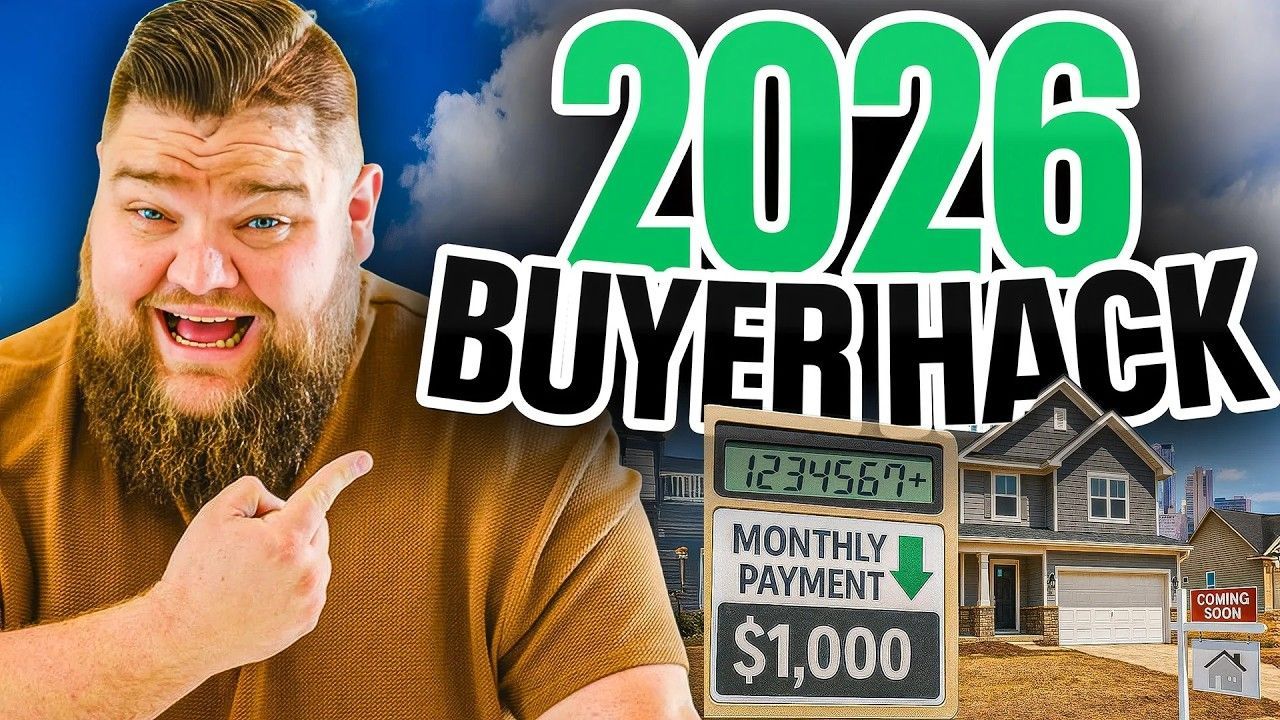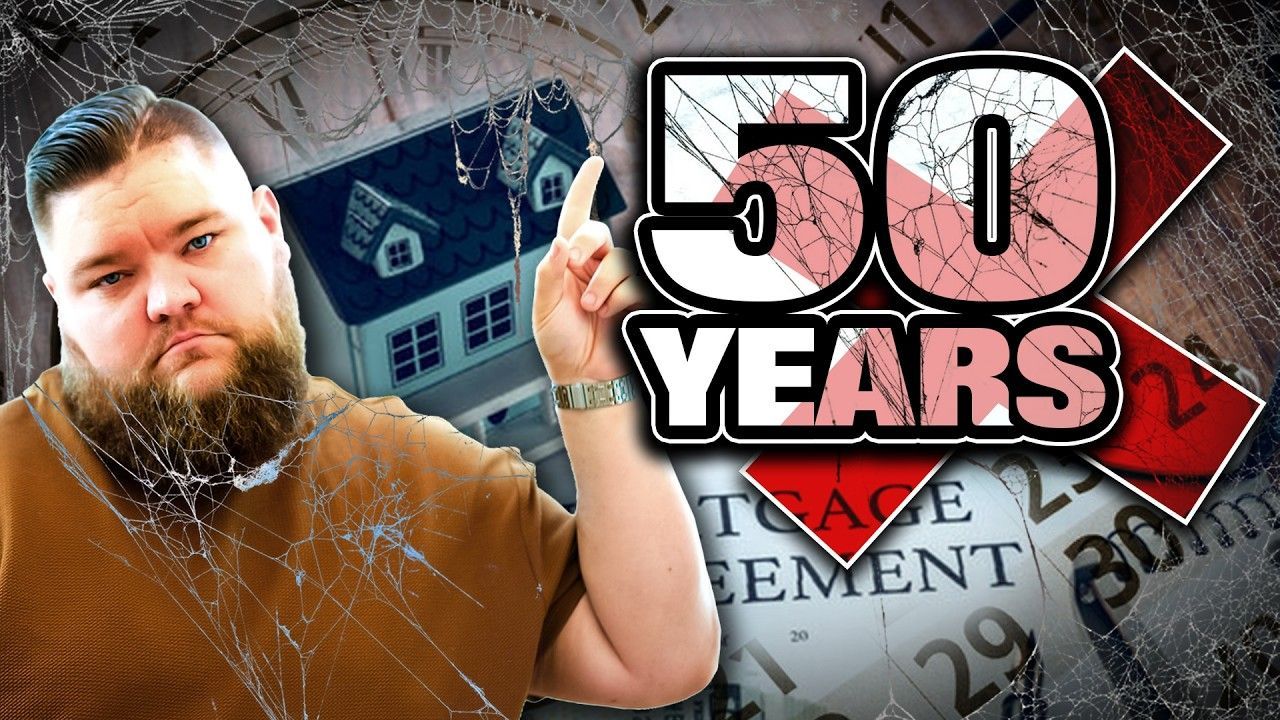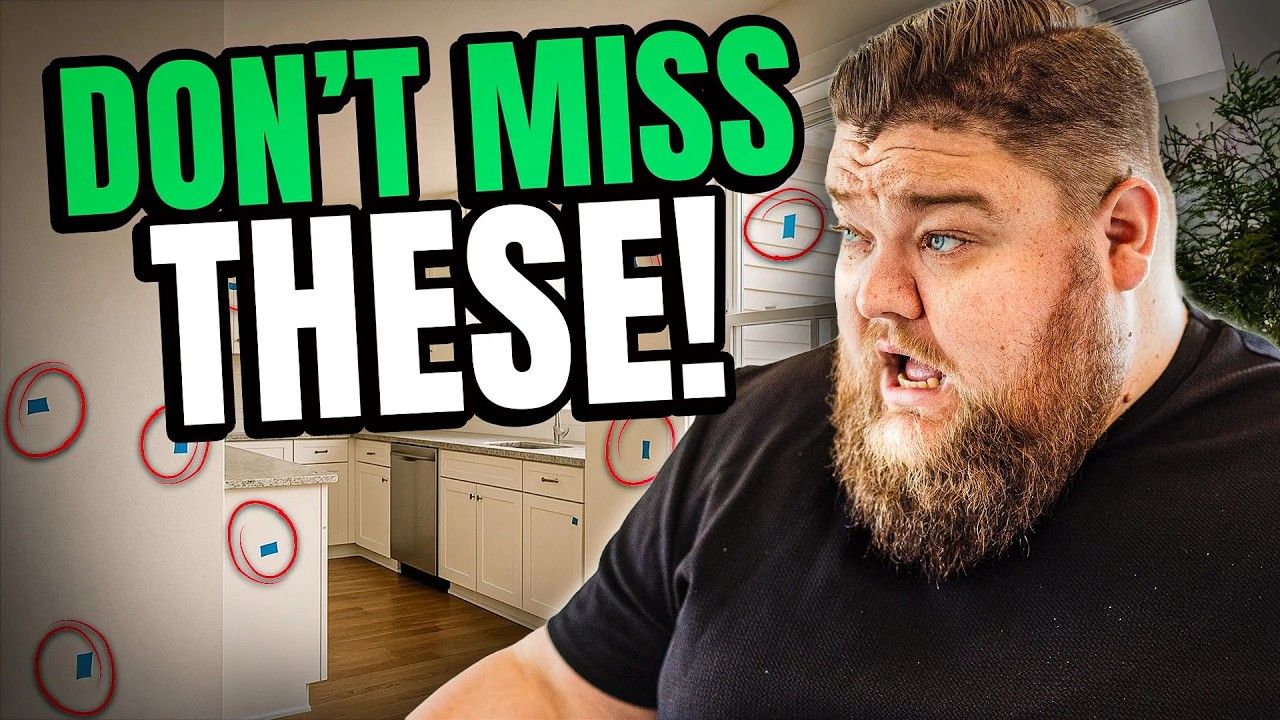10 Home Upgrades You Should Never Do | What Every New DFW Home Buyer Should Know
Building a new house is exciting, but it also comes with endless choices. If you want to avoid buyer's remorse and keep your budget sane, this list of home upgrades you should never do will save you time, headaches, and thousands of dollars. These recommendations come from real experience helping hundreds of buyers in DFW work with production builders. I’ll explain why each upgrade often makes little sense, where it can be smart to spend, and what you can do later with far less cost and more flexibility.
Table of Contents
- Intro – Why Thinking Twice About Home Upgrades You Should Never Do in New Construction Homes in DFW Matters
- Common Home Upgrades You Should Never Do in New Construction Homes in DFW (and Why They Waste Money)
- Budget Rules: How to Plan Around the Home Upgrades You Should Never Do in DFW New Homes
- Practical Priorities – Where to Spend Instead of the Home Upgrades You Should Never Do in DFW New Construction
- How to Talk to Builders About Home Upgrades You Should Never Do in New Construction Homes in DFW
- Design Center Tactics to Avoid Costly Home Upgrades You Should Never Do in DFW
- FAQs About the Home Upgrades You Should Never Do
- Final Advice – How to Avoid Home Upgrades You Should Never Do and Spend Wisely When Building in DFW
Intro – Why Thinking Twice About Home Upgrades You Should Never Do in New Construction Homes in DFW Matters
Before we dive into the specific home upgrades you should never do, here’s the basic principle I live by: prioritize structural and permanent choices, and avoid paying the builder for things that are easy to change later. Structural options are hard or impossible to add after the fact. Decorative and plug-and-play items are usually cheaper to replace on your own. So when a sales rep asks, "Want to add this now?" ask yourself whether it is something you could do later for less money—or do without entirely.
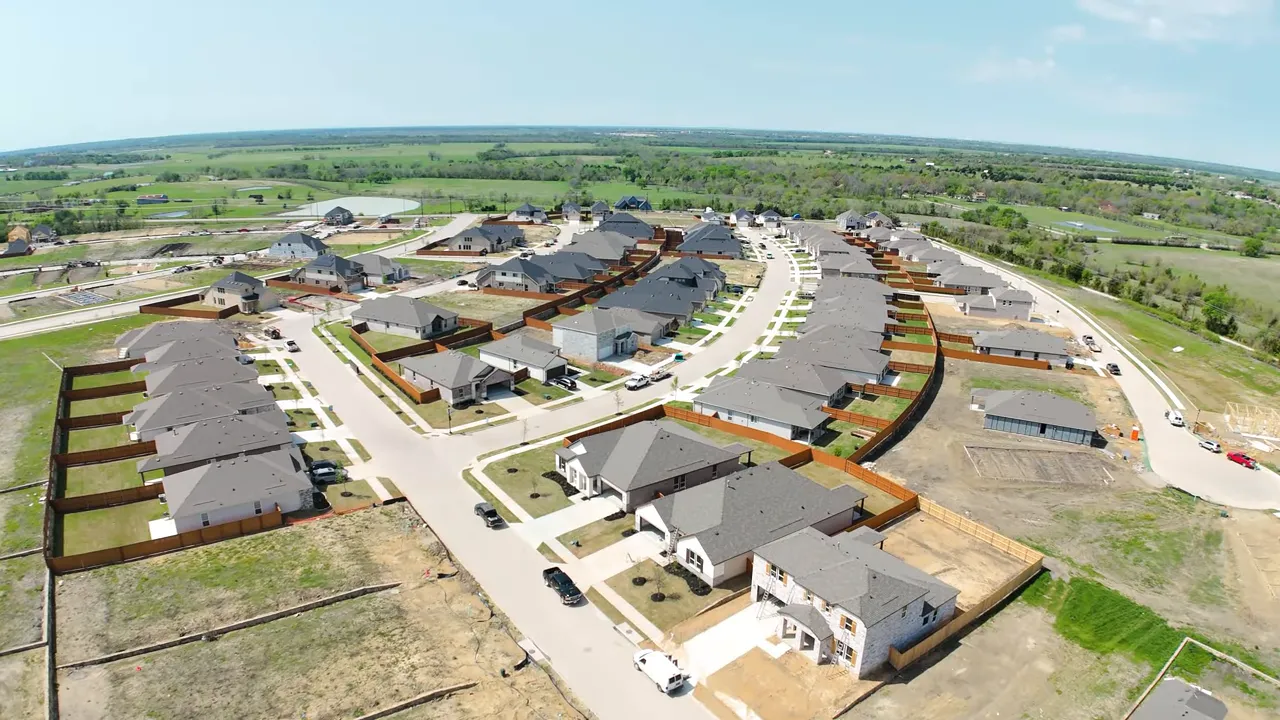
Find Your Perfect New Build. Search New Construction.
Common Home Upgrades You Should Never Do in New Construction Homes in DFW (and Why They Waste Money)
1 - Paying for easy-to-change items: fixtures, cabinet pulls, and smart equipment
This is at the top of the list of home upgrades you should never do. Builders love to upsell lighting packages, decorative fixtures, and smart home gear because they are high-margin add-ons. But most of those things are trivial to swap out after closing.
Examples I see over and over: expensive chandeliers, builder ceiling fans, pendant lights you do not like, and "premium" cabinet hardware. The builder charges big markups for the product and installation. Instead, get the wiring and rough-in done the builder way (if you want recessed lights or extra wiring). But buy the fixtures, fans, and pulls you actually want from retail or specialty stores and have an electrician install them later. You will save money and get the look you love.
Smart home boxes and alarm systems fall into the same trap. Get the wiring and any conduit for camera power or Ethernet run while the house is open. Do not pay the builder for the alarm contract or the final smart switches. Technology evolves quickly; you will be happier choosing your own ecosystem like Zigbee or Thread and selecting devices that integrate with the hub or assistant you want. In short: pay for wiring now, pay for the equipment later.
2 - Extra insulation everywhere
Upgrading insulation across the whole house is a common upsell, but for most production-built homes it yields minimal return. That makes it one of the home upgrades you should never do in my book—unless you have a specific need.
Most reputable builders already meet or exceed common energy and efficiency standards, so throwing more money at blanket insulation upgrades often does not pay off. Where insulation does make sense is in targeted locations:
- Garage - if you plan to use it as a workshop, temperature-controlled workout area, or storage for temperature-sensitive items, insulating the garage is worth it.
- Media rooms - interior rooms used as theaters gain from additional sound-damping insulation.
- Master bedroom - if you need extra sound insulation between suites, consider added insulation between the master and adjacent rooms.
3 - Extending upper cabinets to the ceiling (kitchen uppers and glass-fronts)
Seeing model homes with cabinets that go to the ceiling and glass uppers is tempting. But this upgrade is often painful and expensive, which is why it ranks high among home upgrades you should never do. Cabinets that extend up to the ceiling collect dust, require step ladders to access, and frequently cost thousands more.
If you want more usable cabinet space, prioritize wider cabinet boxes such as 42-inch height cabinets instead of the standard 36-inch. A 42-inch cabinet gives you more usable storage without creating dead zones. Another compromise is a "hood extension" or "classic T" where only the range hood cabinet extends to the ceiling—this gives a built-in, high-end look without paying to raise every cabinet.
4 - Built-ins, hutches, and expensive trim packages
Custom built-ins at the fireplace, expensive dining hutches, or study shelving are beautiful in models, but they are a category of home upgrades you should never do unless you already know exactly how you will use the space.
I’ve seen builders quote $10,000 for symmetrical hutches and shelves around a fireplace. For that money you could buy premium furniture that fits your taste and can be moved with you. Built-ins are permanent and expensive. If you want the look, consider high-quality freestanding pieces or a DIY built-in later for far less cost.
5 - Fancy bathroom upgrades for secondary baths
Upgrading kid and guest bathroom counters to quartz or granite is often unnecessary. That makes it a classic example of home upgrades you should never do. Most builders include cultured marble in secondary bathrooms. It is affordable, durable, and functional.
If you are going to splurge in the bathrooms, focus on the primary bath only: upgraded countertops, a better tile, or niche lighting in the master suite can add daily comfort and resale appeal. For secondary baths, save the money and put it into comfort upgrades like comfort-height toilets, which are surprisingly high-impact and inexpensive relative to big countertop upgrades.
6 - Converting bedrooms into studies (removing closets)
Builders now offer options to convert spare bedrooms to a study by removing a closet in favor of double doors. That is one of the most frequent choices where buyers later regret their decision. This is a critical resale consideration and qualifies as one of the home upgrades you should never do without thinking long term.
Here's why: a legal bedroom typically requires a closet and a window egress. Removing the closet takes your home from a 4-bedroom to a 3-bedroom on appraisal and resale metrics. Instead, keep the closet and use the room as an office. Buyers and appraisers value the bedroom count, and you can still make the room function as a study with a desk and decor while retaining resale flexibility.
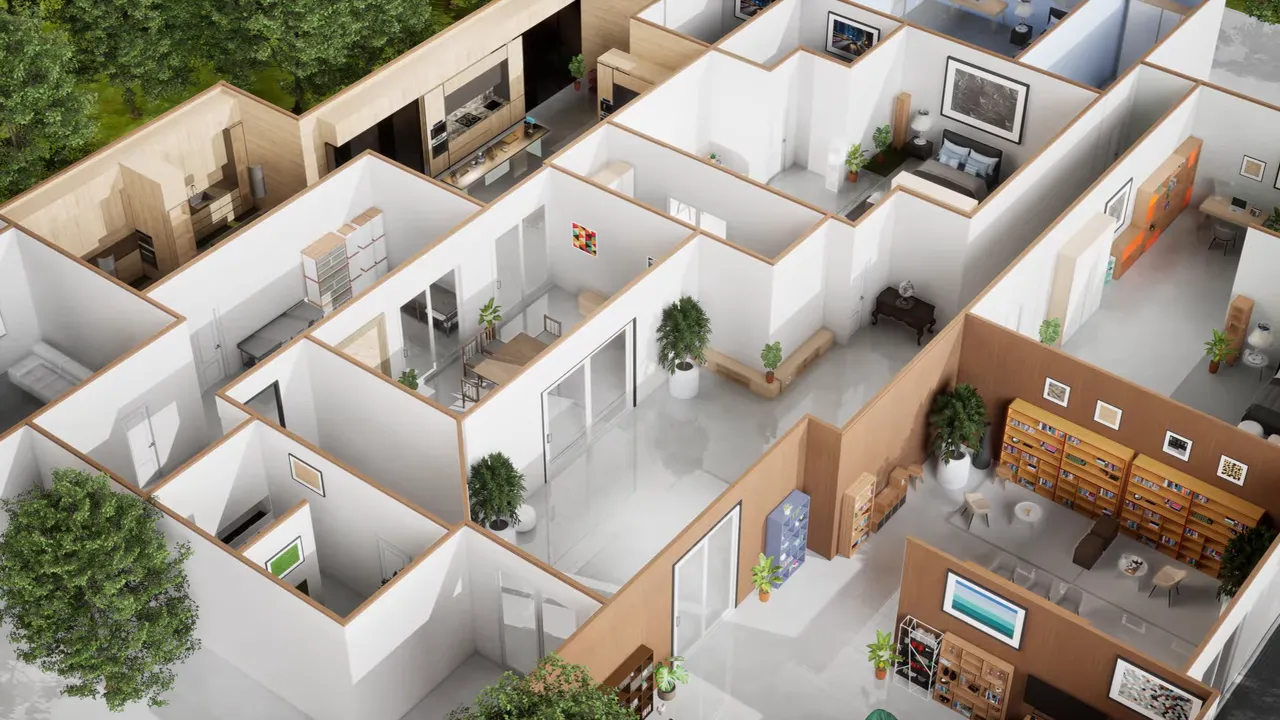
7 - Small patio bump-outs and oversized sliding glass doors
Patios are tricky. Some covered patio extensions add so much usable outdoor living that they are worth the cost. But many small bump-outs that only poke the patio out a few feet while requiring a roof extension are an expensive way to get very little. That puts these small patio extensions near the top of home upgrades you should never do.
If you want more outdoor space, here is the smarter approach: ask the builder to pour additional concrete flatwork. Flatwork is inexpensive compared to extending the roofline. You can add a cover later with a pergola or extend the roof yourself for less money and more flexible design options.
And about large sliding glass doors and multi-panel sliders: they look amazing in a model but are often expensive, frequently cost $10,000 or more, and may not be functional in hot summer climates. If your backyard faces west or gets intense afternoon sun, a massive slider will bake the house and rarely gets used open. Also consider insects and privacy. Save the money unless you have a specific floor plan that truly benefits from a huge glass expanse.
8 - Pot fillers
Pot fillers are one of those Instagram-friendly upgrades that fall squarely into the category of home upgrades you should never do. They look pretty, but in practical use they are seldom worth the plumbing headache or price tag.
Think through how you cook. Most people still fill and dump pots at the sink. A pot filler adds another plumbing fixture that can leak or break and costs significantly more than a high-quality faucet. If you are a professional cooker who needs a constant stream of water at the stove, sure. Otherwise, skip it and save the money.
9 - Faux wood beams and non-structural ceiling elements
Faux wood beams are another trendy feature that designers love and budgets regret. They are usually non-structural, expensive when installed by the builder, and easy to DIY later. That makes them one of the home upgrades you should never do.
If you really want the look, plan to add beams yourself once you live in and test the space. You will have a much clearer idea of scale, finish, and placement, plus you will save on labor costs.
10 - Overspending on exterior elevation upgrades (stone, brick, mortar, windows)
Exterior elevation upgrades compound quickly. Stone or brick accents, special mortar, buff mortar, black trimmed windows, and upgraded shutters all add up. That is why over-investing in elevation packages is a top item among home upgrades you should never do unless aesthetics are your absolute priority.
Here is the danger: one elevation upgrade triggers another. You pick a different elevation letter, add stone, then pick buff mortar, then want black windows, and suddenly your upgrade budget has ballooned. If your goal is to control cost, stick to a base elevation that looks acceptable and use landscaping, paint, or small design choices later to add curb appeal. If you are building in a very high-end neighborhood and resale is not a concern, you may choose to go all-in. Otherwise be conservative and intentional.
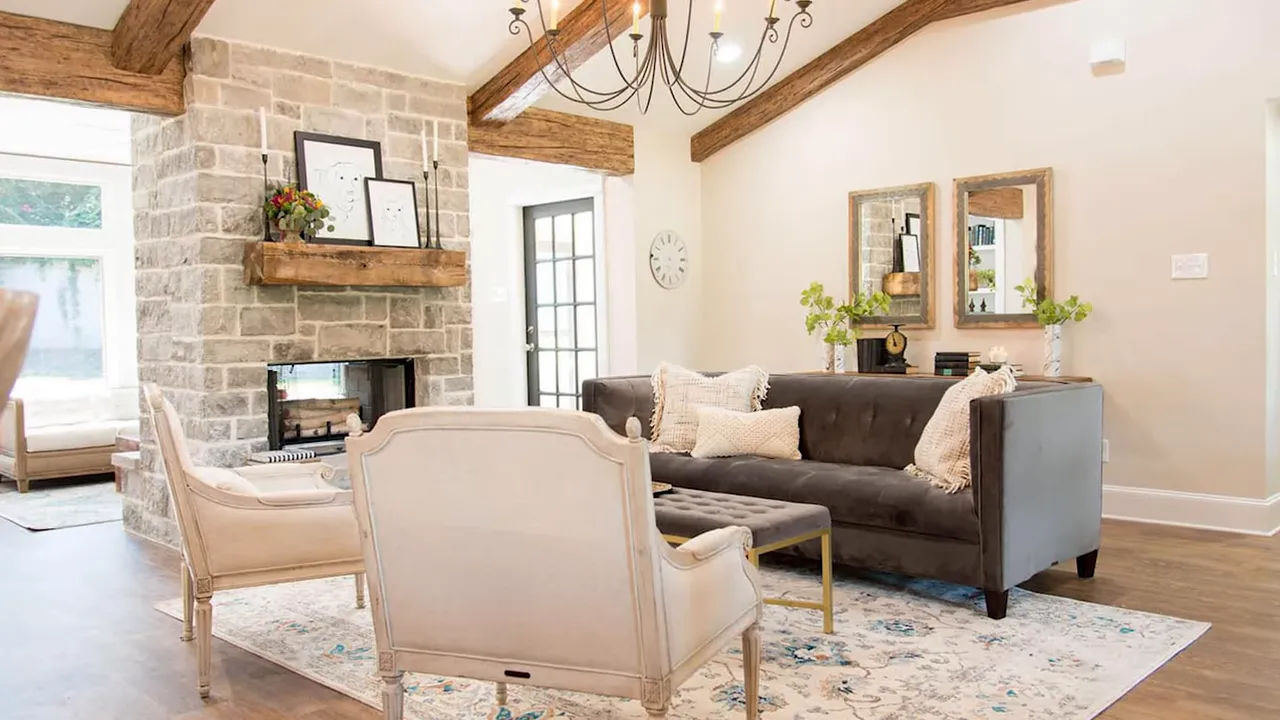
Budget Rules: How to Plan Around the Home Upgrades You Should Never Do in DFW New Homes
When planning upgrades, follow a simple budgeting guideline: expect to spend between 12 and 15 percent of the base price of your home on upgrades. That range is a healthy average for production builds and helps you avoid sticker shock. Use the base list price for your neighborhood and then multiply by 0.12 to 0.15 to estimate your typical upgrade allowance.
For example, if your base price is $400,000 and you plan to spend roughly 13 percent on upgrades:
- $400,000 x 0.13 = $52,000 in upgrades
- Total estimated price = $452,000 before subtracting builder incentives or credits
Be wary of elevation upgrades and exterior add-ons. They tend to eat the budget fast because they include material and roofing adjustments, and they often trigger additional cosmetic choices. Major money sinks are structural options (adding bedrooms, bathrooms, expanding garages), and design selections (cabinet upgrades, countertops, flooring). Plan your 12 to 15 percent budget around these priorities.
Practical Priorities – Where to Spend Instead of the Home Upgrades You Should Never Do in DFW New Construction
Here is how I would prioritize upgrades if the goal is comfort and resale value:
- Structural options that add usable rooms or improve layout: extra bathroom, bedroom, or a third car garage if you need it.
- Kitchen choices that affect function: larger cabinet boxes, good layout changes, durable flooring, and a sensible backsplash.
- Primary bathroom upgrades only: comfort height toilets, better shower finishes, and durable counters in the master bath.
- Targeted mechanical or energy upgrades with clear ROI: insulation in specific rooms like the garage or media room if you need it or wiring for wiring for HVAC minisplits.
Quick swap checklist: items to defer until after closing
To avoid paying the markup at the design center, defer these items:
- Light fixtures, chandeliers, and ceiling fans
- Cabinet pulls and hardware
- Smart home final devices like alarm panels and smart switches
- Decorative stone or non-critical elevation details
- Faux beams, pot fillers, and other specialty aesthetic items
How to Talk to Builders About Home Upgrades You Should Never Do in New Construction Homes in DFW
When working with a builder, use these simple rules:
- Ask for wiring and rough-ins for future systems, but do not buy the retail device from the builder.
- Keep bedroom closets intact. Use rooms as home offices without converting them structurally.
- Get quotes in writing for any elevation change and understand related upgrade chain reactions.
- Buy larger cabinet boxes (like 42-inch) over uppers-to-ceiling unless you have a strong reason for the look.
- Request affordable flatwork instead of small roof line patio extensions; save the roof extension for later if needed.
Download Your FREE Relocation Guide
Design Center Tactics to Avoid Costly Home Upgrades You Should Never Do in DFW
Design centers today are beautiful and can make impulse buying easy. Keep these tactics in mind:
- Bring a picture of your ideal layout and tell the consultant which rooms you actually want to improve. Resist the showroom pressure to upgrade everything.
- Use the builder's cabinet company for labor if they will install hardware you provide after closing - this often saves on overall costs.
- Ask whether the builder will run wiring for third-party systems. If they will, get it included but commit to buying the devices later.
FAQs About the Home Upgrades You Should Never Do
What are the most common home upgrades you should never do?
Common upgrades to avoid include paying for builder fixtures, cabinet hardware, full-house insulation add-ons, uppers-to-ceiling kitchen cabinets and glass fronts, built ins and hutches, quartz in secondary bathrooms, converting bedrooms into permanent studies, small patio roof bump-outs, large sliding glass doors without proper need, pot fillers, faux beams, and overspending on elevation packages.
How much should I budget for upgrades?
A healthy estimate is about 12 to 15 percent of the base price of your home for upgrades. Use this range to make decisions and avoid running out of money for important structural options or major kitchen and primary bathroom selections.
Should I get smart home devices from the builder?
Get the wiring from the builder while the house is open, but buy the smart home devices and alarm system yourself later. Technology changes fast and your own choices will usually be cheaper and more flexible than the builder package.
Are patio extensions worth the cost?
Large patio extensions that add real usable living space can be worth the cost. Small roof bump-outs that require extending the roofline for only a few feet usually are not. Consider adding concrete flatwork now and covering it later as an economical alternative.
Do built-ins add resale value?
Built-ins are nice but costly and they do not necessarily improve resale value proportionally. They are personal and permanent. If you do not have a specific use or long-term plan for built-ins, opt for furniture or DIY options later.
Final Advice – How to Avoid Home Upgrades You Should Never Do and Spend Wisely When Building in DFW
The core takeaway is simple: avoid paying for the home upgrades you should never do by focusing your budget on structural and functional improvements first. Defer cosmetic and easily replaceable items to after closing. Run the wiring and rough-ins that are difficult to add later, but choose the devices, fixtures, and decorative items yourself when you have time to shop and compare.
Prioritize added bedrooms, bathrooms, and useful revisions to layout. Spend on the master bath and a practical kitchen configuration. Save on things that look good in a model but are expensive to change or rarely used in day-to-day life.
If you want help sorting through options or building a realistic upgrade budget, reach out to me at 469-707-9077. Talking through your must-haves versus nice-to-haves before you sign a change order will protect your budget and make sure you build a home that functions well and retains resale value. You can also book time in my calendar for a call.
If I disagree, can I do something different?
Absolutely. These are practical recommendations based on many builds, but every buyer’s priorities are different. If a specific aesthetic or feature is worth the cost to you, factor that into your budget. The point is to make intentional choices rather than impulse upgrades driven by the design center sell.

Zak Schmidt
From in-depth property tours and builder reviews to practical how-to guides and community insights, I make navigating the real estate process easy and enjoyable.



